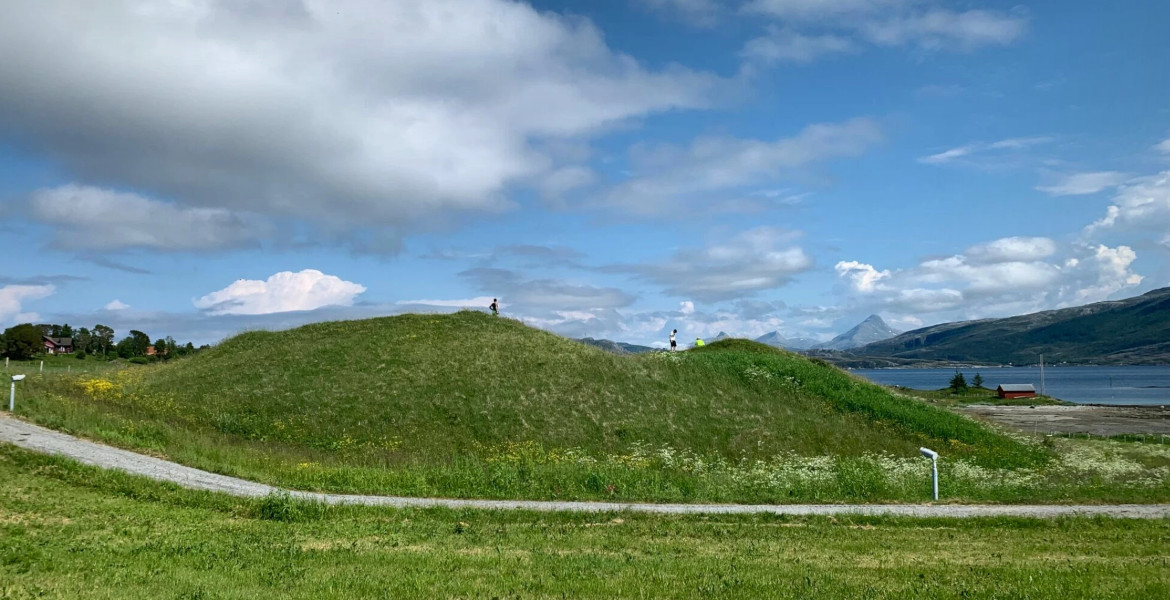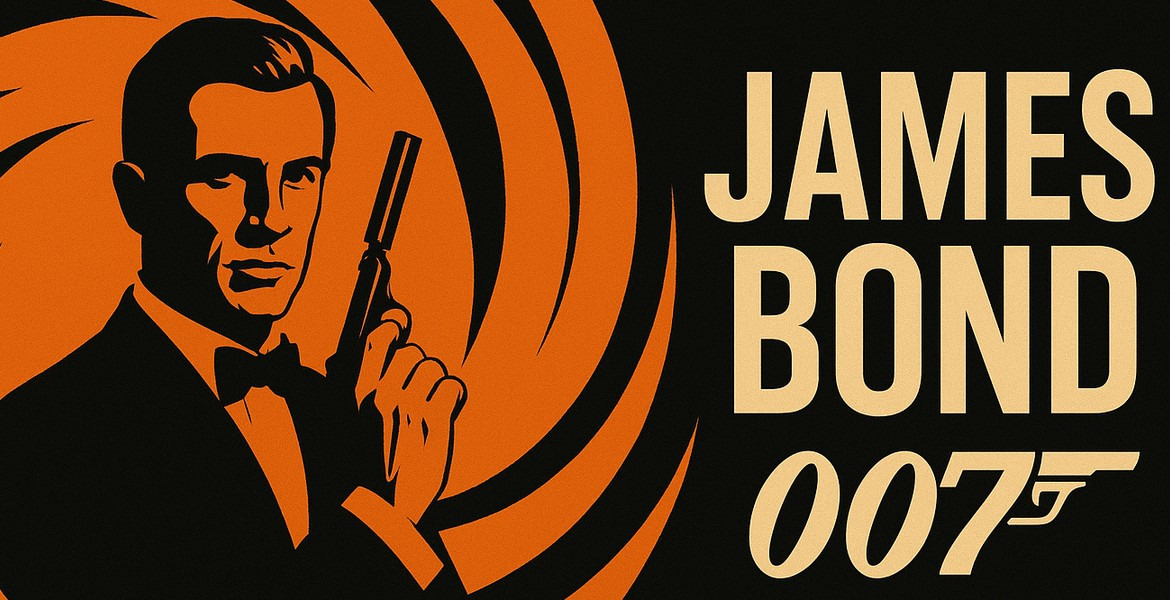At the Herlaugshaugen mound in Norway, described in Snorri Sturluson’s sagas, archaeologists have found Scandinavia’s oldest identified ship burial. Dated to 700 AD, it suggests that significant contact with the outside world probably occurred earlier than previously thought.
Herlaugshaugen is one of the country’s largest burial mounds and is located at Leka in Trøndelag. In Snorri’s sagas it is mentioned as the final resting place of King Herlaug. Excavations at the end of the 18th century reportedly found iron nails, a bronze cauldron, animal bones and a seated skeleton with a sword, but these finds disappeared in the 1920s.
– The skeleton was once displayed at Trondheim Cathedral School as King Herlaug, but no one knows where it ended up, says Geir Grønnesby, project manager at the Norwegian University of Science and Technology (NTNU).
During the summer, archaeologists began excavating the mound, which is about 60 meters in diameter, to date it and see if it contained a ship, which was previously suspected due to its size. When they began to find large iron nails, it was understood that a ship could be buried under the mound.
The mound and the ship were dated to 700 AD.
Power and wealth
Grønnesby points out that the find demonstrates the region’s advanced maritime capabilities, as the size of the ship indicates significant knowledge of seafaring. Herlaugshaugen is seen as a sign of power and wealth, which is now believed to have its origins in trade and maritime activities rather than just agriculture.
Although the Viking Age is usually considered to be around 800-1050 AD, the find has sparked discussions about the beginning of the period. However, Grønnesby says that this dating alone does not mean that the Viking Age began earlier, but that such a large ship was built for a reason.
– The burial of the ship suggests that contact with the outside world was greater and earlier than previously thought, he says. After all, when people build fairly large ships, it’s usually because they’re intended for long voyages.
Before the Viking Age, during the Merovingian period (about 550-800 AD), archaeological finds are rare. During this period, however, the first boat graves were discovered, such as those at Vendel in Tierp and Valsgärde in Uppsala, where people were buried with weapons and helmets on down pillows.
King Herlaug
King Herlaug and his brother Rollaug were chieftains in Namdalen, Norway, at a time when the country's power structure was undergoing dramatic changes. When King Harald Hårfager unified Norway at the end of the 9th century, the power of many local chieftains was greatly diminished. According to the legend told in Snorri's saga, Herlaug and Rollaug were faced with a difficult choice when Harald Hårfager approached with his army: give up their power or die.
Herlaug chose not to surrender and instead had himself buried alive in a huge burial mound, while Rollaug surrendered his kingdom and agreed to become an earl under Harald. This mound, known as Herlaugshaugen and located in Leka, Trøndelag, is one of Norway's largest from the Viking Age and is believed to be Herlaug's final resting place.
The story of the two brothers has become part of Scandinavia's cultural heritage, not only being told in Snorri's saga, but also inspiring Henrik Ibsen. The legend of Herlaug continues to be a story that reminds us of courage, self-sacrifice and a bygone era in Scandinavian history.
Source: Visit Norway

































































